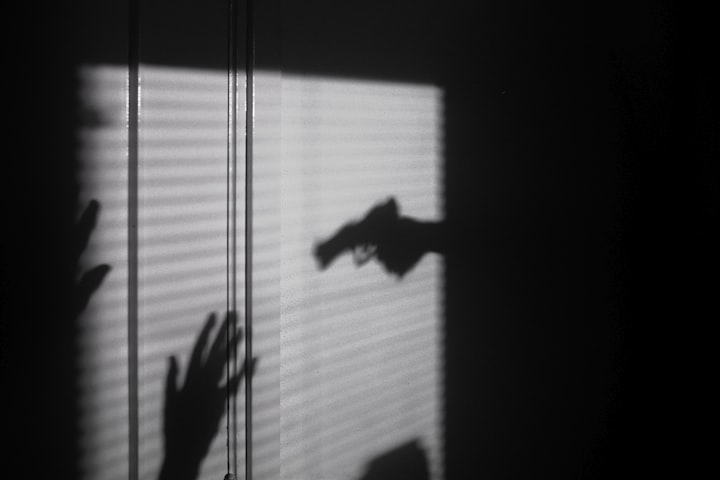What really happens when you get shot ?
What occurs during a near death experience

The deafening echo of a gunshot pierces the air, setting off a chain reaction of panic and screams from the surrounding crowd. Instinctively, you sprint for cover, your breath heavy with adrenaline. As you catch your bearings, a grim realization sets in – you've been hit. A chilling pool of blood begins to seep through your shirt. What does it feel like to be shot? Let's delve into the harrowing experiences shared by those who have faced this traumatic event.
While cinematic portrayals of gunshot wounds might be vivid, the reality, as revealed by the CDC's 2017 statistics indicating 40,000 gun-related deaths in the United States alone, is far more complex. Survivors recounting their stories reveal commonalities in their experiences, yet the individual nature of pain tolerance, coupled with variables like bullet size and wound location, results in diverse sensations.
Remarkably, many survivors recall not feeling immediate pain upon the bullet's impact. The initial penetration, often likened to a small pebble's impact, leaves victims initially in shock rather than agony. This delayed realization is a common thread among those who have survived gunshots, as the body's survival instinct temporarily numbs the pain.
The body's response to injury involves a surge of adrenaline, boosting blood pressure, heart rate, and energy output. This temporary superhuman state allows the body to function even after sustaining severe injuries. The absence of immediate pain is also influenced by the bullet's size – larger bullets typically cause more pain, especially if they break apart and inflict widespread damage.
As survivors emerge from the initial shock, a burning sensation takes hold. Described as an unrelenting bee sting, an intensely hot iron poker, or needles continuously penetrating the body, the burning radiates from the point of entry. The size and trajectory of the bullet contribute to the severity of this sensation.
Soldiers, subjected to higher caliber bullets in military contexts, often describe a rapid escalation from slight pressure to excruciating pain. While pain experiences vary, some individuals report feeling no pain at all, attributing it to factors such as smaller caliber bullets or non-vital areas being hit.
Contrary to expectations, surviving a gunshot to the head is not as rare as one might think. Those who endure such incidents commonly report an intense headache and a persistent ringing sound in their ears. The initial "ping" evolves into a deafening ringing, lasting from hours to weeks. However, the most agonizing aspect for many survivors is not the gunshot itself but the grueling recovery process.
The surgical removal of the bullet, combined with months of healing, inflicts its own torment. Some survivors recount surgeries where bullets were left in place due to the risks of retrieval. The physical pain of recovery pales in comparison to the enduring psychological trauma. PTSD becomes a haunting companion for many survivors, infiltrating their daily lives with fear and terror triggered by seemingly unrelated stimuli.
While medical intervention and counseling can alleviate PTSD for some, others bear the lifelong burden of this mental affliction. Getting shot, whether accompanied by a burning sensation, intense pain, or psychological trauma, leaves an indelible mark on one's life. The aftermath is a complex interplay of individual resilience, the nature of the bullet, and the site of impact, with many survivors grappling with the lasting consequences of a single, life-altering moment.
About the Creator
Shiji Varghese
I myself am a passionate reader, who is interested in modern day cogitations which are deeply though and sought for answers by plebs like. While living a pedestrian, my passion for writing articles was increasing as I hunt for answers.





Comments (1)
Great breakdown you have done here!